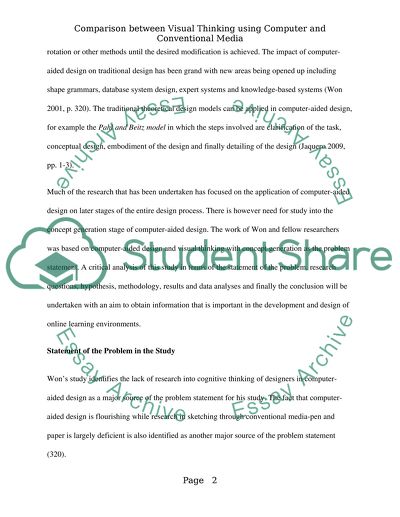Cite this document
(“Comparison between Visual Thinking using Computer and Conventional Essay”, n.d.)
Retrieved de https://studentshare.org/design-technology/1391242-essay
Retrieved de https://studentshare.org/design-technology/1391242-essay
(Comparison Between Visual Thinking Using Computer and Conventional Essay)
https://studentshare.org/design-technology/1391242-essay.
https://studentshare.org/design-technology/1391242-essay.
“Comparison Between Visual Thinking Using Computer and Conventional Essay”, n.d. https://studentshare.org/design-technology/1391242-essay.


